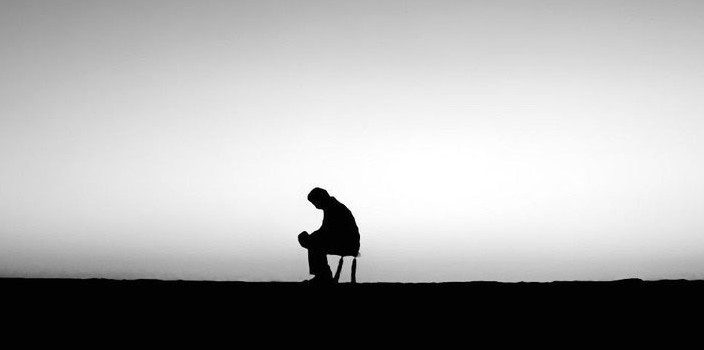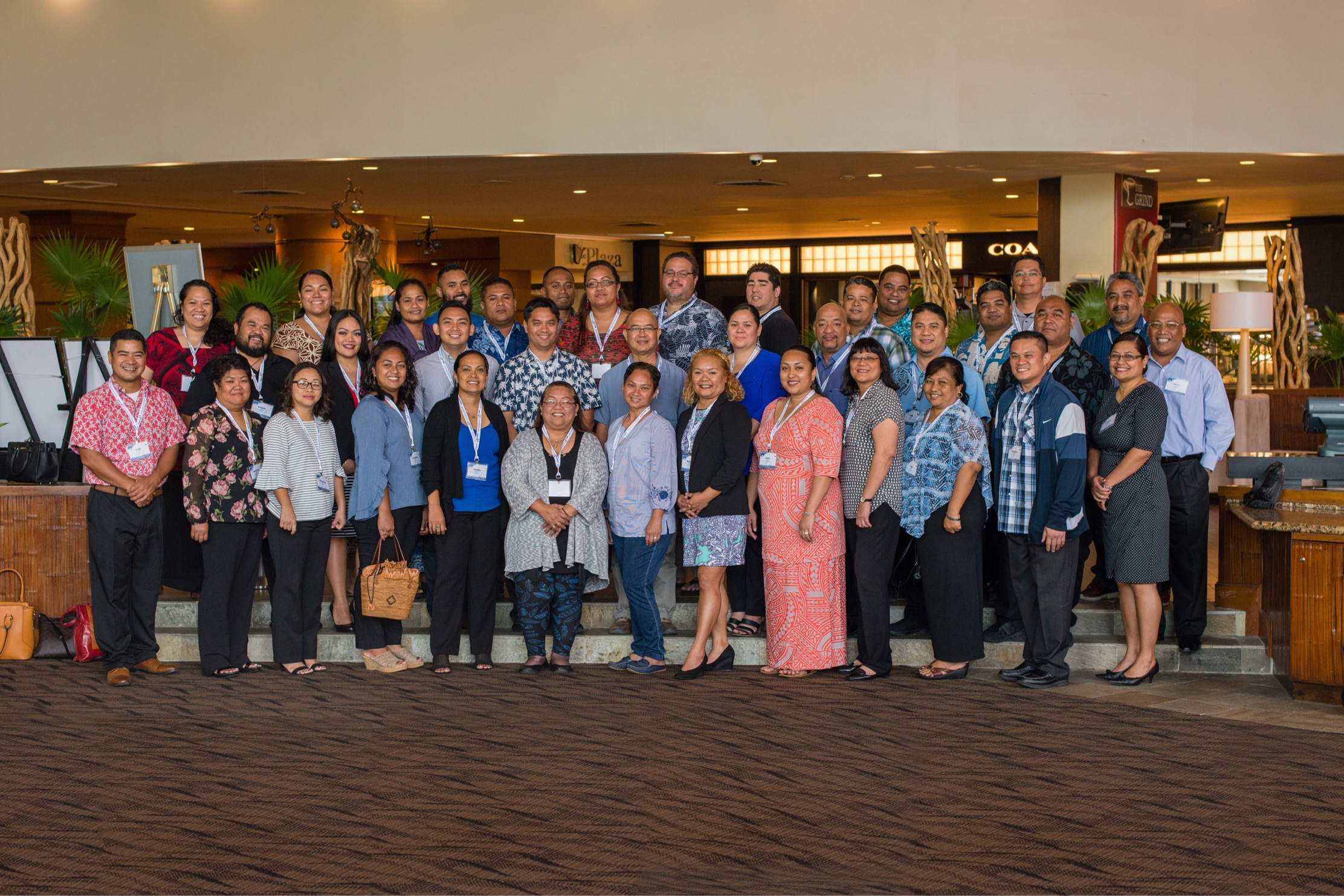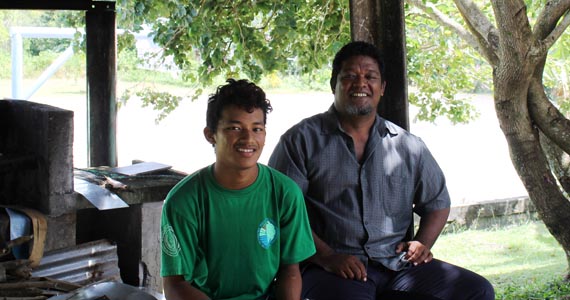Suicide: A Serious Family Problem
I was still a young priest in 1975 when a young Chuukese friend hanged himself. Then, a few weeks later, another acquaintance took his own life. Before long I found myself paying attention to the stories of others doing the same. It was the beginning of my 40 years of research on suicide–research driven not by theoretical concerns, but by a determination to find out what was responsible for the early deaths of a growing number of islanders.
Suicide was not a new thing in the islands (including Guam), but the number of victims in Micronesia was growing greatly by the year–from 22 during the 1960s to 166 during the 70s, up to 233 during the 80s and then to 300 in the 90s. Clearly there was a social force at work to put young people at much higher risk than they had been in the early post-war years. Moreover, male victims vastly outnumbered females by a ratio of 15 to 1. Chuuk and Yap had the highest rates of suicide, but the other island groups were not far behind. The only places that were seemingly unaffected by this contagion were the remote outer islands where life continued much as it always had.
Did cultural change contribute somehow to the spike in suicide?? It certainly seemed so. Was it the chase for money that had swept over the islands following the fast growth years of the John F. Kennedy administration? Not directly, it seemed, since jobs and cash resources were not key factors in what generally led young people to take their own lives. Young people could flunk out of school, lose their job, and even be thrown into jail without considering suicide. Those demons that might drive Americans or Japanese or Europeans to suicide didn?t seem to register highly in the island scale. But if an island boy?s relationship with his family was threatened, watch out. That relationship seemed to be foundational in an islander?s life.
In a conference on suicide held in Honolulu in 1984, people from other parts of the Pacific reported the same personal forces at work throughout the area. Suicide rates were expanding much more slowly in other places, but everywhere the fatal act seemed to be occasioned by family friction.
Once upon a time, the functional family in the islands meant much more than mom and dad and siblings. Aunts and uncles, grandparents and lineage members all played a big role in raising children as well as providing the assurance even young adults need that they have a loving home in the family. That family circle has shrunk in size over the past decades. This in itself increases the risk of suicide. If a young man has a serious falling out with his father, who in the family will assure him that he is still loved and respected?
The islanders I know wouldn?t dream of talking to a counselor, even a priest, about family problems. It?s notoriously difficult for outsiders to reach young people about the very things that trouble them most.
So what do we do about the suicide problem in the islands? First of all, let?s have the good sense to recognize what the problem is: what kind of people are taking their own lives, and why. Let?s not assume that the suicide problem here is just like that in LA or New York. Second, let?s not attribute it to drugs or alcohol or some other extrinsic factor. Even if we manage to win the battle against toxic substances, we will still have to deal with suicide. Finally, let?s figure out how to get the larger family operational again on a week by week basis. If family friction is a destructive element, family cohesion is the saving force.






